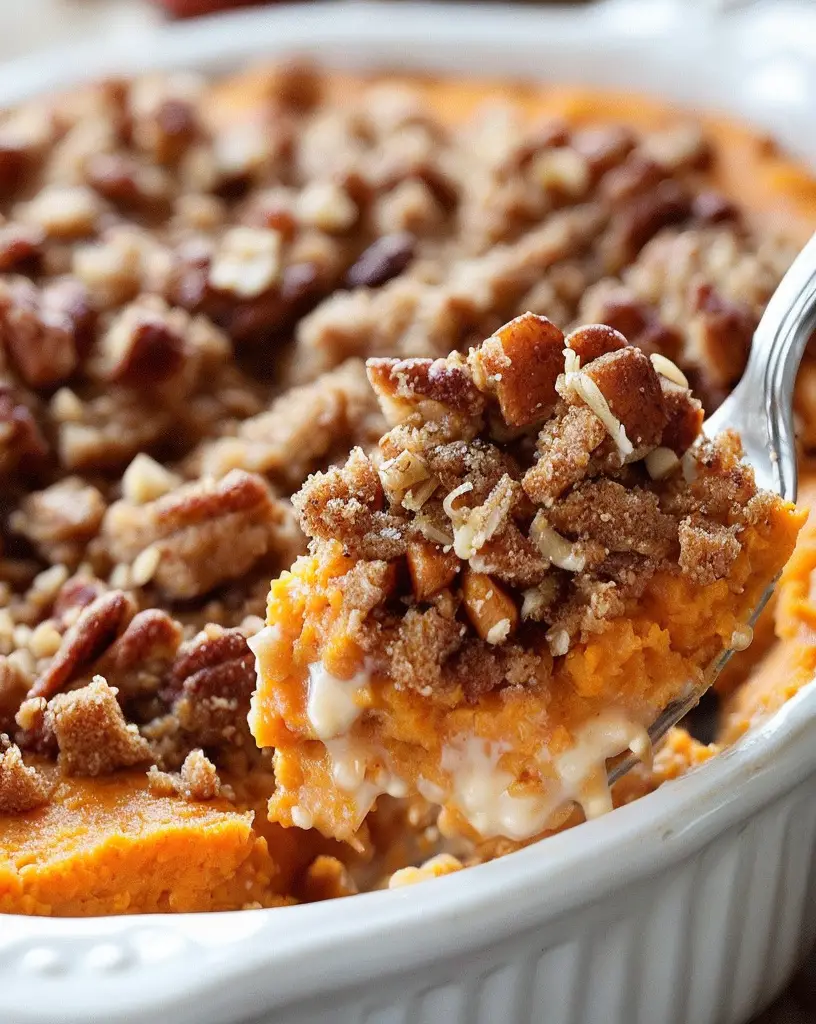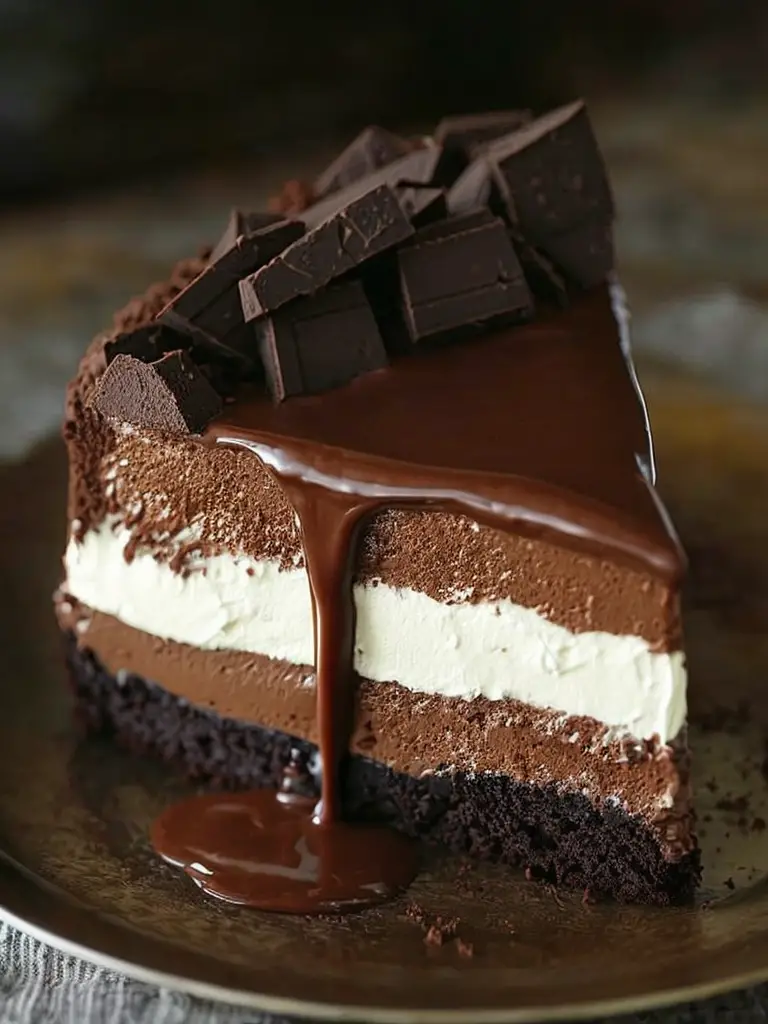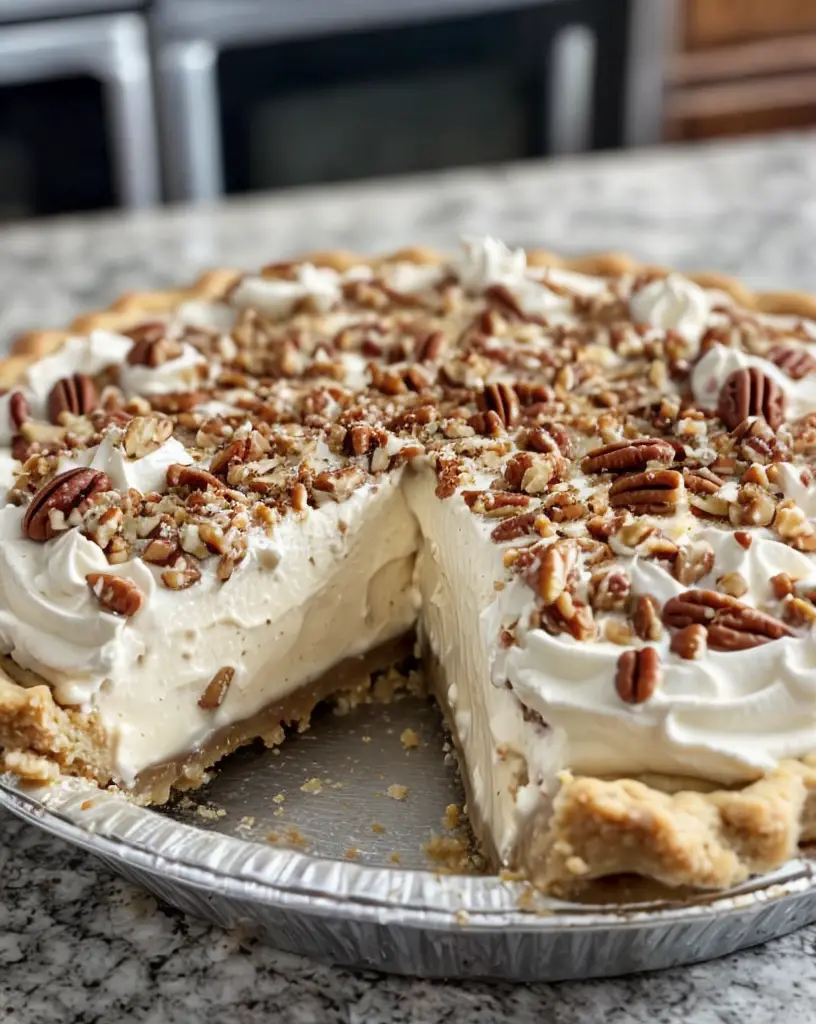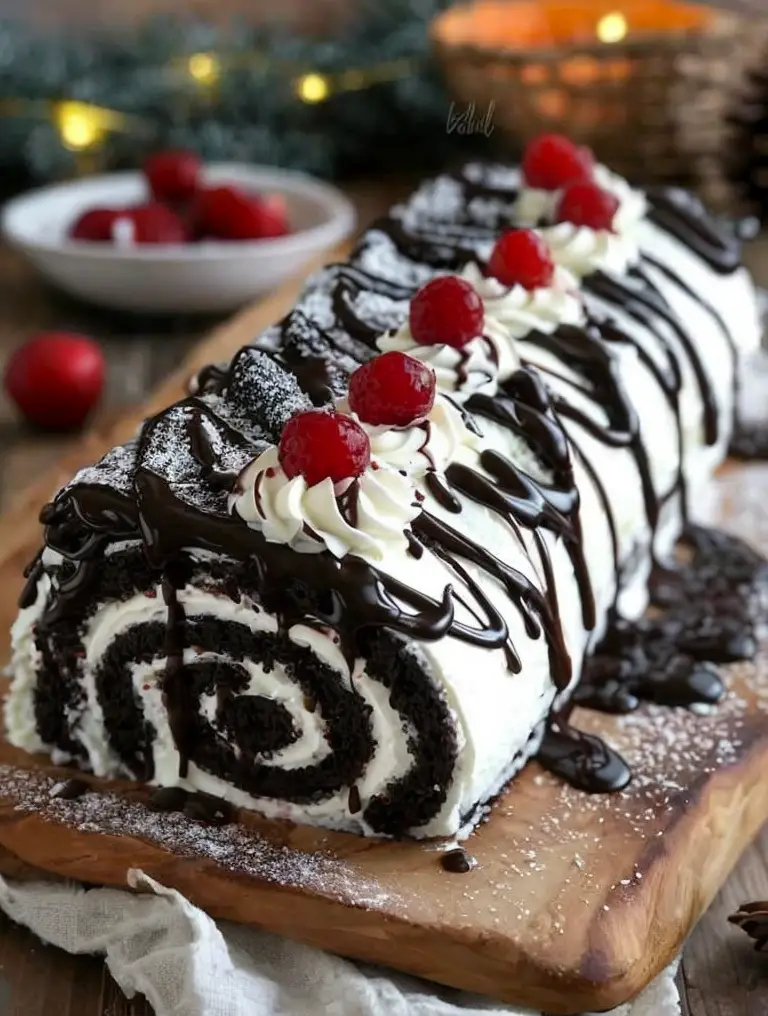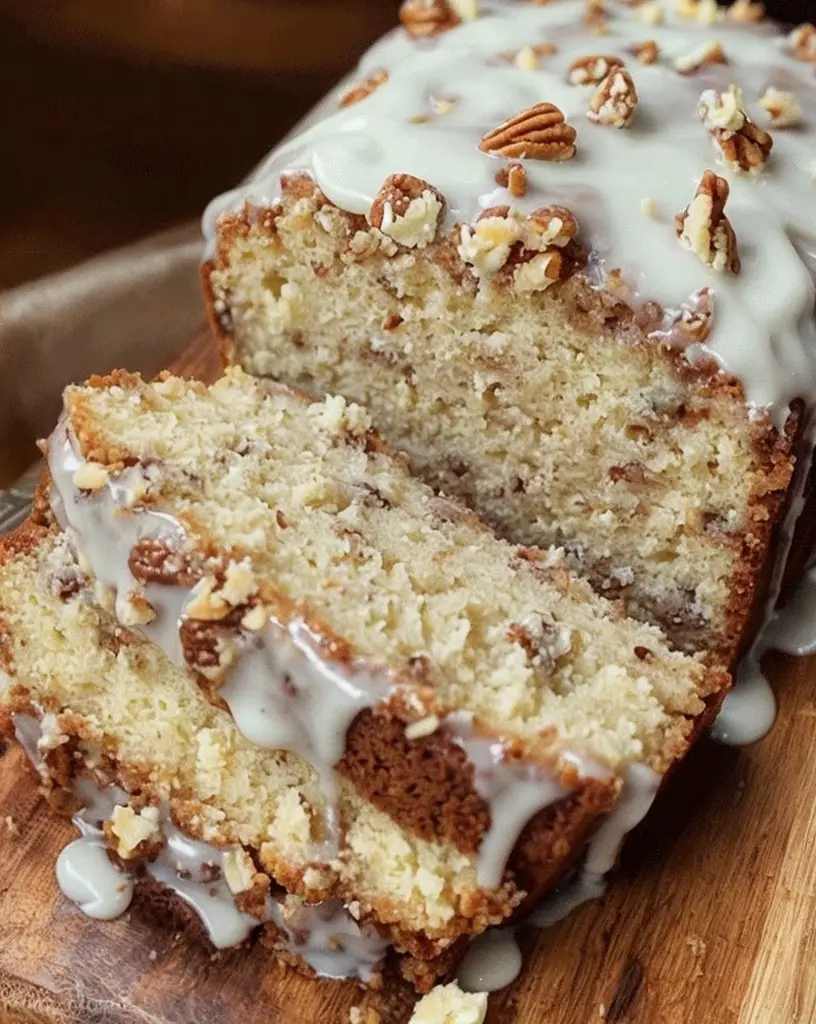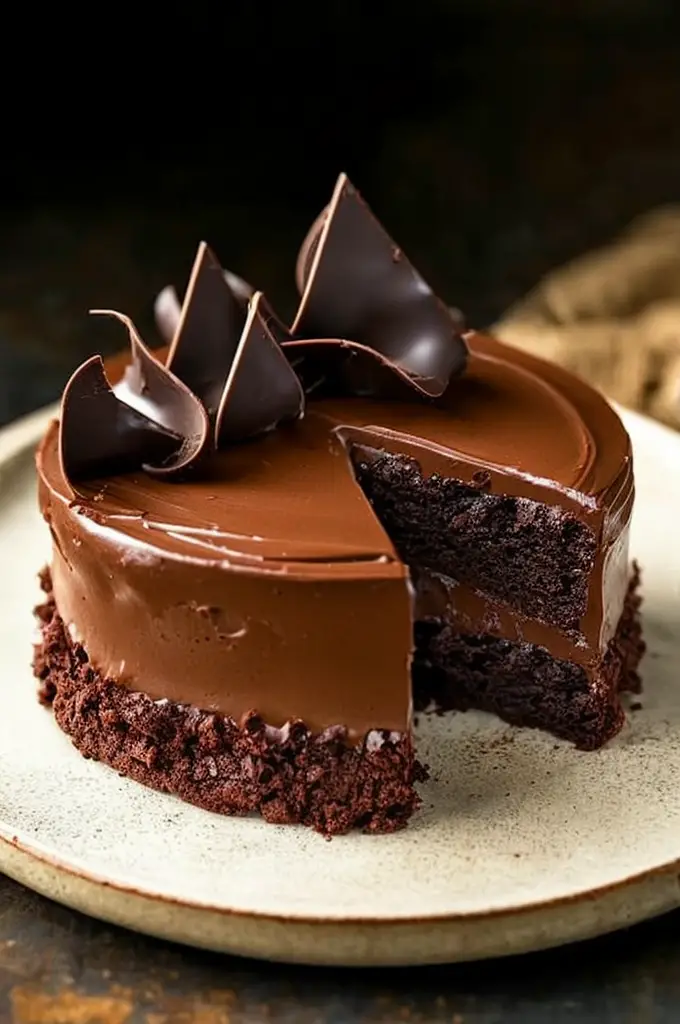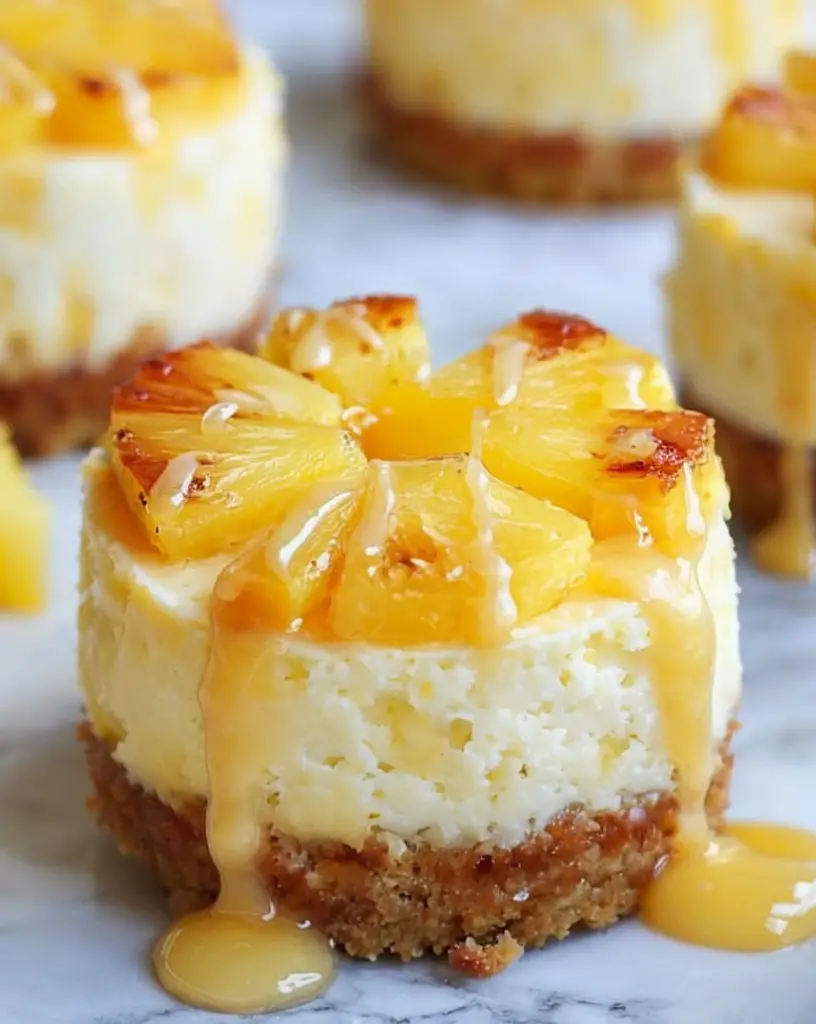Peppermint Chocolate Chunk Cookies: Festive & Delicious Delight
Nothing captures the essence of the holiday season quite like the intoxicating aroma of freshly baked Peppermint Chocolate Chunk Cookies wafting through your home. With the perfect balance of rich chocolate and refreshing peppermint, these cookies are the quintessential festive treat. Each bite offers a sublime combination of gooey chocolate chunks and cool minty flair, making them an irresistible choice for your holiday baking list.
These cookies are not only delicious but also incredibly simple to make, perfect for a quick yet impressive addition to your holiday dessert spread. The contrast of dark chocolate’s richness with peppermint’s briskness creates a sensational experience for taste buds. Whether you’re cozying up by the fireplace or hosting a joyous holiday gathering, Peppermint Chocolate Chunk Cookies promise to add a touch of sweetness and warmth to any occasion.
Quick Recipe Highlights
- Flavor Profile: Decadent chocolate meets the crisp coolness of peppermint, balancing sweetness with a refreshing twist.
- Texture: Soft and chewy with delightful chunks of chocolate adding a lush, melt-in-your-mouth experience.
- Aroma: Rich chocolate aromas blend harmoniously with the invigorating scent of peppermint, creating a festive fragrance.
- Visual Appeal: Dark chocolate speckles against the light cookie base, accented by the occasional sprinkle of crushed peppermint candy.
- Skill Level Needed: Perfect for novice bakers, requiring simple mixing and baking techniques that are easy to follow.
- Special Equipment: Basic baking tools such as a mixing bowl, baking sheet, and oven are all you’ll need to create these delights.
Recipe Overview
- Difficulty Level: This recipe is straightforward, ensuring that anyone from seasoned bakers to kitchen beginners can achieve perfect results.
- Category: These cookies fall under holiday desserts, ideal for festive celebrations and cozy winter evenings.
- Cuisine: While primarily an American treat, their ingredients and style embrace universal holiday spirit.
- Cost: Economically favorable, these cookies make use of pantry staples, ensuring that budget-friendly baking is achievable without compromising flavor.
- Season: Best enjoyed during the winter months, especially around the holiday season when peppermint and chocolate flavors shine.
- Occasion: Perfect for Christmas cookie exchanges, festive gatherings, or as a handmade gift to share joy with loved ones.
Why You’ll Love This Recipe
Peppermint Chocolate Chunk Cookies offer a delightful blend of flavors and textures that is sure to win your heart. The robust chocolate flavor is perfectly complemented by the refreshing mint, creating a taste sensation that feels both indulgent and invigorating. The texture of the cookies remains soft and chewy, providing a satisfying bite that keeps you coming back for more.
These cookies are incredibly convenient and straightforward to prepare. With minimal ingredients and steps, the recipe comes together quickly, making it a great choice for last-minute baking sessions. Whether you’re an experienced baker or new to the kitchen, you’ll appreciate the simplicity and speed with which these cookies go from mixing bowl to oven to plate.
From a nutritional standpoint, these cookies offer the goodness of dark chocolate, known for its heart-healthy antioxidants. While they are a sweet treat, enjoying them in moderation during the festive season brings a delightful balance to your holiday indulgence.
In the festive spirit, these cookies serve as a perfect companion for social gatherings. Their cozy, home-baked charm invites sharing and conversation, whether you’re hosting a party or presenting them as a holiday gift. Their accessibility and universal appeal make them an ideal choice for spreading cheer across any festive table.
Additionally, the cost-effectiveness of this recipe is another reason to love it. By making use of common pantry items, you can whip up a batch of these delectable cookies without stretching your budget, ensuring everyone can indulge without worry.
Historical Background and Cultural Significance
Peppermint-flavored treats have long been a staple in holiday traditions, particularly in American culture where peppermint candies and desserts are synonymous with Christmas festivities. The marriage of peppermint and chocolate in cookie form is a relatively recent yet popular evolution, capturing the essence of nostalgic holiday flavors in a single delicious bite.
Culturally, peppermint has held a place of importance for its soothing properties, while chocolate has been cherished for its rich and comforting qualities. Together, they form a cookie combination that resonates with warmth and celebration, aligning perfectly with holiday sentiments of comfort and joy.
Over the years, this recipe has evolved, from the initial use of peppermint essence to incorporating crushed peppermint candy for added texture and visual appeal. Each iteration pays homage to the tradition while adapting to contemporary tastes and preferences, allowing this classic to remain a festive favorite.
Regionally, variations of the Peppermint Chocolate Chunk Cookie can be found, each adopting local flavors and traditions while staying true to the core appeal of chocolate and mint. This adaptability underscores its enduring popularity and cultural resonance across different culinary landscapes.
Ingredient Deep Dive
The notable star of this recipe is dark chocolate, known not only for its luscious taste but also for its historical significance as a valued treat across cultures for centuries. Its deep, complex flavors provide richness, while its tempering properties make it a versatile ingredient in baking.
Nutritionally, dark chocolate is celebrated for its potential health benefits, including heart health and mood enhancement, attributed to its antioxidant content. When selecting chocolate for your cookies, opt for high-quality dark chocolate chunks for the best flavor and texture.
Peppermint, another key ingredient, enriches the cookies with its refreshing and invigorating properties. Historically recognized for its medicinal uses, peppermint also serves as a flavor enhancer in various sweet and savory dishes. When incorporating peppermint into your cookies, fresh peppermint extract offers the most authentic flavor, while crushed peppermint canes provide both taste and a delightful crunch.
Storing these ingredients properly ensures their longevity and flavor integrity. Dark chocolate should be kept in a cool, dry place away from strong odors to prevent it from picking up off-flavors, while peppermint extract is best stored at room temperature in a tightly sealed container.
For substitutions, feel free to explore using white or milk chocolate for a different twist or vanilla extract if a milder mint flavor is desired. These adjustments maintain the essence of the cookies while allowing room for personal taste preferences.
Common Mistakes to Avoid
- Overmixing the dough can lead to tough cookies. Mix just until ingredients are combined.
- Using low-quality chocolate compromises overall flavor. Invest in good quality dark chocolate.
- Overbaking results in dry, hard cookies. Remove from oven as soon as edges are set, even if centers appear soft.
- Skipping chilling can cause cookies to spread excessively. Chill dough for a firmer structure.
- Underestimating the power of peppermint extract can overpower dessert. Use indicated amounts unless you prefer stronger mint.
- Inadequate spacing on the baking tray may cause cookies to merge. Allow enough room for spreading.
- Using cold butter prevents proper aeration. Ensure butter is room temperature for creaming.
- Ignoring cooling time leads to breakage. Let cookies set on the tray before transferring.
Essential Techniques
Mastering the creaming technique is crucial for perfect cookies. This involves beating butter and sugar together until light and fluffy, incorporating air that lends to a soft, tender crumb. Pay attention to visuals; a pale, airy mixture signals readiness.
Baking time and temperature precision are vital. An oven thermometer ensures accuracy, while setting timers prevents overbaking. Visual cues include pale edges and slightly soft centers, indicating a perfectly baked cookie ready to set as it cools.
Crushing peppermint canes finely ensures uniform distribution throughout the cookie dough. This technique maximizes flavor and texture, providing each bite with the signature crunch this recipe is known for without overwhelming any single piece.
Pro Tips for Perfect Peppermint Chocolate Chunk Cookies
To enhance flavor, consider toasting your chopped nuts before adding them to the dough. This additional step deepens the nutty profile and complements the cookies’ overall taste.
Experiment with different chocolate varieties for unique flavor profiles. Semi-sweet and bittersweet chocolates offer varying degrees of richness and balance.
Ensure even temperature distribution in the oven by rotating the baking tray halfway through the bake time, promoting uniform color and texture across all cookies.
Allow the cookie dough to chill overnight. This resting period not only enhances flavor but also strengthens the dough’s structure, preventing excessive spreading during baking.
Use a cookie scoop for uniform cookies. This tool aids in consistency, ensuring each cookie bakes evenly.
After baking, let your cookies cool on the tray for a few minutes before transferring to a wire rack. This ensures they set perfectly without overbaking or softening too much from retained heat.
Variations and Adaptations
For regional twists, consider adding a dash of cinnamon or nutmeg to infuse a warm, spiced note, characteristic of European holiday treats.
Seasonal adaptations include using extracts such as orange or almond in place of peppermint during off-season months, maintaining the essence while allowing for variety.
Dietary modifications are simple—substitute a gluten-free flour blend to cater to gluten sensitivities, or choose vegan chocolate and a plant-based butter to make the cookies vegan-friendly.
Flavor variations are always exciting. Consider incorporating dried cranberries for a pop of color and a tart counterbalance to the sweet chocolate.
Adjusting cookie size alters baking dynamics and allows for creative presentation. Miniature cookies offer an attractive bite-sized option perfect for parties or gifts.
Serving and Presentation Guide
Plating can elevate the visual appeal of your cookies. Consider serving them with a sprinkle of powdered sugar, imitating freshly fallen snow for a winter aesthetic.
Garnishing ideas include drizzling with melted chocolate or adding crushed peppermint on top for added visual impact and flavor.
Serve with a warm cup of cocoa, playing off the chocolate notes for a harmonious pairing, or alongside a plate of assorted holiday cookies for a colorful, festive display.
Modern serving suggestions embrace casual elegance; stack cookies in artisanal baskets or jars, offering rustic charm for gift giving.
Temperature is key, as the cookies are most enjoyable at room temperature, which allows their flavors to shine fully.
For portion control, provide small batches of cookies rather than vast quantities, ensuring each guest can sample various holiday offerings without overindulgence.
Wine and Beverage Pairing
Wine pairings typically include rich, full-bodied reds like Zinfandel or Malbec, which complement the depth of dark chocolate without overpowering the mint’s freshness.
Non-alcoholic alternatives, such as peppermint hot chocolate or a chilled glass of milk, offer creamy counterpoints that highlight the cookies’ complex flavors.
Coffee lovers will delight in pairing these cookies with a robust, aromatic brew. The bitterness of the coffee plays beautifully with the sweetness of the chocolate.
For a refreshing twist, serve the cookies with an iced peppermint tea in warmer climates, providing a cooling balance to the rich and chewy treats.
Whether hot or cold, ensure your beverages are served at optimal drinking temperatures to maintain harmony with the cookie’s flavor profile.
Storage and Shelf Life
Store these cookies in an airtight container to maintain freshness, preventing exposure to air that may cause them to dry out.
Keep at room temperature for up to a week, or refrigerate for longer shelf life, especially in warmer climates where chocolate may soften.
Choose sturdy containers to prevent crushing; a cookie tin lined with parchment offers protection and retains moisture, keeping cookies at their peak for days.
Signs of spoilage include a stale smell or notable textural changes, signaling it’s time to discard and bake a fresh batch.
For a make-ahead option, consider freezing the dough. Roll into balls, freeze on a tray, then transfer to a bag. Bake as needed, adding a few extra minutes to cooking time.
Make Ahead Strategies
Prepare your dough in advance, storing it in the fridge for up to 72 hours before baking. This makes for a quick and easy baking session when the moment arises.
If baking ahead of time, ensure cookies are cooled completely before stacking to avoid moisture buildup and sticking.
Once baked, store between layers of parchment paper in an airtight container. This prevents sticking and maintains individual cookie texture and form.
If reheating, a brief stint in a preheated oven revives their soft centers and crispy edges, mimicking fresh-baked quality.
Adding fresh chocolate drizzle after storage adds a touch of freshness and visual appeal to stored cookies, enticing to the eye and palate.
Scaling Instructions
Halving the recipe for smaller gatherings is straightforward: adjust ingredient measurements accordingly and note reduced bake times due to smaller batches.
Doubling or tripling is equally simple, though attention is needed to maintain even mixing when scaling large amounts. Utilize larger bowls and divide the dough to manage consistency.
Ensure ovens are adequately pre-heated, and multiple trays are rotated for even baking when producing larger quantities.
Note storage capacity when scaling recipes up, as more cookies mean more space is needed to store them without compromising quality.
Adjust cooling rack space and tray swapping to accommodate larger batches, helping maintain quality and efficiency.
Nutritional Deep Dive
These cookies incorporate macro nutrients such as carbohydrates from flour and sugar, fats from butter and chocolate, and protein within the same ingredients.
Dark chocolate contributes beneficial micronutrients like iron, magnesium, and copper, alongside beneficial antioxidants.
Though they are a treat, remember portion control is key to managing calorie intake, and moderation ensures enjoyment without concern over excess.
Understanding the balance between indulgence and diet allows for satisfaction without guilt during festive periods.
The rich fats help with satiety while the sugars provide an energy boost, supporting an engaged, lively celebration in moderation.
Dietary Adaptations
For a gluten-free variation, replace standard flour with a reliable all-purpose gluten-free mix, ensuring textured consistency remains largely unaffected.
Dairy-free needs are met by substituting butter with a dairy-free alternative, while non-dairy chocolate ensures a fully lactose-free cookie experience.
Vegan adaptations involve using aquafaba or flaxseed gel as an egg substitute, alongside plant-based butter and chocolate.
Low-carb options can integrate almond flour in place of regular flour, adhering to a ketogenic diet while retaining flavor.
Paleo followers can adjust using almond meal, coconut sugar, and raw cocoa, ensuring primal principles spill forth in festive splendor.
For a low-FODMAP approach, stick to dark chocolate and use a gluten-free flour blend to provide safe, delicious results that respect digestive needs.
Troubleshooting Guide
Address texture issues by adjusting baking time; soft centers mean removing cookies earlier, whereas increased bake time ensures firmer texture.
Balance flavors by tasting dough pre-bake. If mint is overpowering, add more sugar or vanilla to counteract its intensity.
Equipment challenges require quality checks—ensure oven temperature accuracy and mixer function to prevent faulty results.
Ingredient substitution should always consider flavor dynamics, ensuring replacements complement rather than clash with original ingredients.
Timing concerns can be addressed by preparing ingredients in advance, streamlining the baking process and reducing stress.
If dough spreads too much during baking, chilling further can help, or adjusting flour for a slightly firmer dough structure.
Recipe Success Stories
Enthusiastic feedback from the baking community often highlights the cookie’s perfect blend of flavors and textures, applauding its ease and universal appeal.
Creative adaptations regularly emerge, showcasing reader successes such as added fillings or unique presentations, inspiring further innovation.
Adaptation stories celebrate diverse dietary needs, proving the recipe’s flexibility and broad suitableness for various preferences.
Reader suggestions frequently inspire tweaks, such as adding nuts or alternating chocolates, contributing to the recipe’s growing repertoire.
Photography tips within communities emphasize lighting techniques and festive settings, ensuring cookies appear as beautiful visually as they taste.
Frequently Asked Questions
Yes, crushed peppermint candies can replace extract for a different texture, but the minty flavor might be less pronounced.
How can I prevent my cookies from spreading too much?
Ensure dough is chilled thoroughly before baking and use a cookie scoop for uniform sizing.
Is it possible to make these cookies without chocolate chunks?
Absolutely, though chocolate enhances flavor, omitting is perfectly fine for those who prefer a purely peppermint cookie.
Which type of sugar is best for this recipe?
Using both brown and white sugar enriches flavor and maintains the cookie’s chewy texture.
Can I freeze these cookies for later use?
You can freeze baked cookies or raw dough, ensuring stored moisture and flavor integrity for future enjoyment.
How do I add a personal touch to these cookies?
Customize by adding festive sprinkles or drizzling top with colored icing for visual flair.
What makes this recipe easy for beginner bakers?
Simple steps, common ingredients, and forgiving dough make it beginner-friendly and hard to mess up.
What’s the best way to pack these cookies for gifts?
Use airtight containers or festive bags with ribbon ties to ensure freshness and visual delight.
Can I add other flavors to the recipe?
Vanilla pairs well with mint and chocolate if extra richness is desired, without overshadowing key notes.
Do I need to adjust the recipe for high altitude baking?
Slightly reduce leaveners and increase baking temperature to accommodate altitude variations for optimal results.
Additional Resources
Exploring related recipes introduces you to the rich world of holiday cookies, expanding knowledge and flavor horizons.
Technique guides provide invaluable insights for refining baking skills, enhancing both success and enjoyment in kitchen pursuits.
Ingredient information covers origins, benefits, and creative uses, ensuring a well-rounded understanding of each crucial component in your recipe.
Equipment recommendations highlight useful tools and gadgets that make baking efficient, effective, and enjoyable.
Seasonal variations open new chapters of culinary opportunity, respecting traditions while inviting experimentation and enjoyment.
Join the Conversation
Share your creations on social media to inspire others and receive feedback, joining a community of holiday baking enthusiasts.
Photography tips from fellow bakers can elevate your cookie presentation, capturing the appetite appeal and seasonal charm.
Recipe reviews offer invaluable insights and tweaks, fostering a sense of community and collective recipe refinement.
Community engagement encourages sharing personal tips, techniques, and variations that highlight the recipe’s versatility and appeal.
Embrace recipe variations shared by readers, prompting further exploration and experimental enthusiasm within your own baking adventures.
The Recipe
Peppermint Chocolate Chunk Cookies
Serves: 24 cookies
Prep Time: 20 mins
Cook Time: 10 mins
Total Time: 30 mins
Kitchen Equipment Needed
- Mixing bowl
- Electric mixer
- Baking sheet
- Cookie scoop
- Parchment paper
Ingredients
- 2 1/4 cups all-purpose flour
- 1 teaspoon baking soda
- 1/2 teaspoon salt
- 1 cup unsalted butter, softened
- 3/4 cup granulated sugar
- 3/4 cup packed brown sugar
- 1 teaspoon vanilla extract
- 2 large eggs
- 2 cups dark chocolate chunks
- 1/2 teaspoon peppermint extract
- 1/2 cup crushed peppermint candies
Directions
- Preheat your oven to 350°F (175°C). Line a baking sheet with parchment paper.
- In a bowl, whisk together flour, baking soda, and salt.
- In a separate bowl, cream butter and sugars until light and fluffy. Stir in vanilla extract and peppermint extract.
- Add eggs, one at a time, beating well after each addition.
- Gradually add dry ingredients to the wet mixture, mixing until just combined.
- Fold in dark chocolate chunks and crushed peppermint candies.
- Using a cookie scoop, drop dough onto the prepared baking sheet, spacing evenly.
- Bake for 9-11 minutes or until edges are lightly browned.
- Allow cookies to cool on the baking sheet for 5 minutes before transferring to a wire rack.
Recipe Notes
- For extra minty flavor, increase peppermint extract to taste.
- Dark chocolate chunks can be substituted with semi-sweet chocolate chips.
- Store cookies in an airtight container for up to a week.

